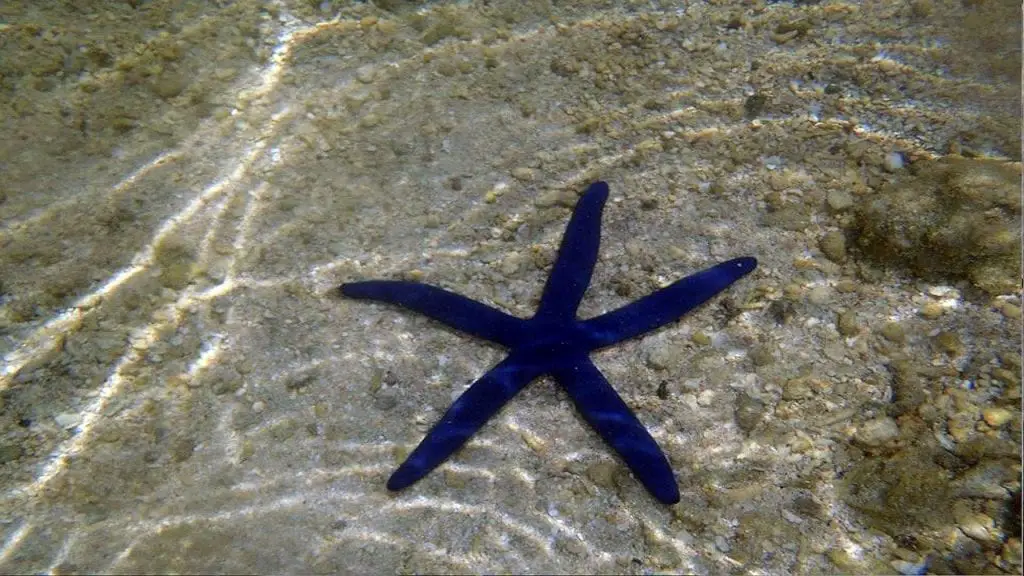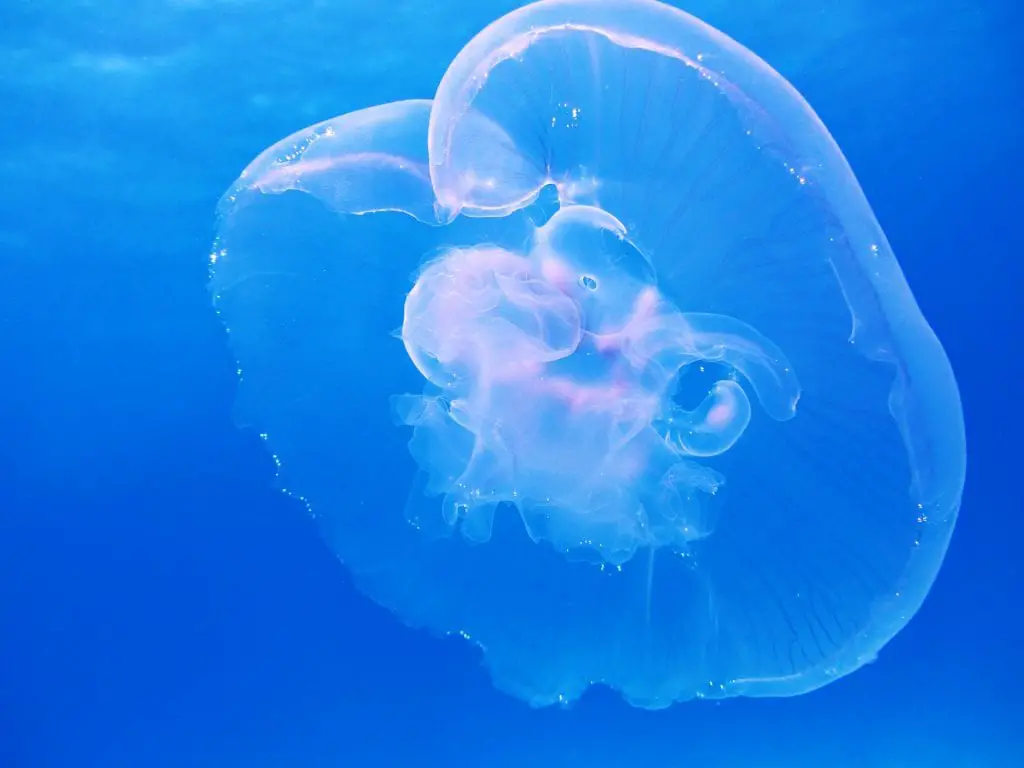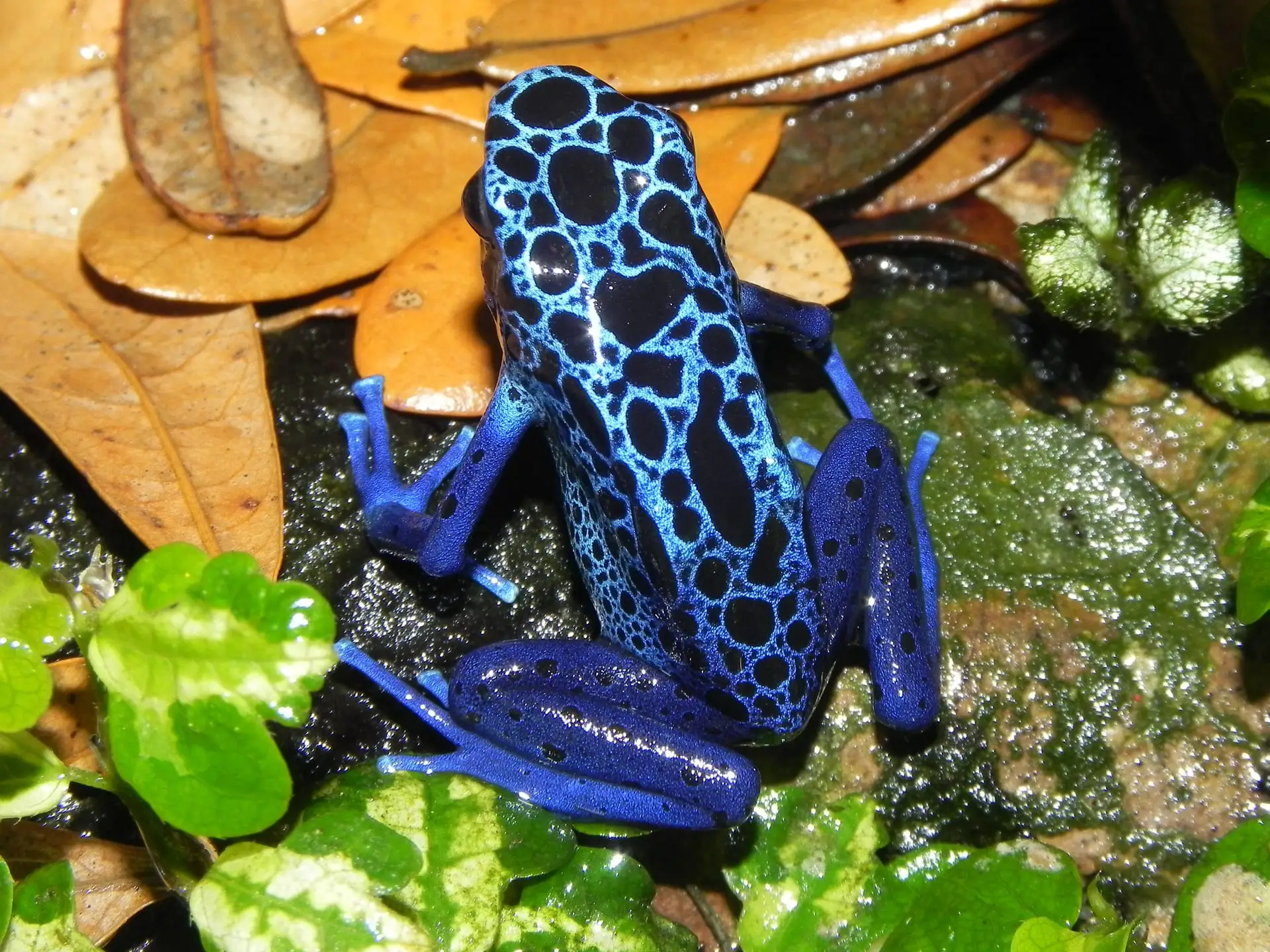Rarest of the rare
The world is filled with beauty, and we as humans, though we may think we know much about it, we don’t. There is a lot more information out there. For instance, did you know that the world’s favorite color is blue? Do you know why? It is considered by many as a color of positivity and good fortune. This is true across races and genders, and even age groups and political leanings. Things that are blue are especially appealing to behold. For instance, the world swears by the comfort of classic blue jeans, people love the endless sky and sea, bluebirds are beautiful, and so are bluebells. Many countries revere the color in their flags. Blue is associated with many religions too.
Creatures of the kingdom Animalia are not normally associated with the color blue. Some people do, nonetheless, relate blue with several aquatic animals. This is true for birds too. Perhaps this is true because the oceans and seas are blue, and so is the sky. You’ll be surprised to know that there are animals that are the brightest shade of blue in nature. There are also plants and flowers in beguiling shades of blue. Nature encapsulates many wonders. In nature, blue is a rare color to find. Biologically, compounds that produce pigments in nature to produce blue organisms are limited and rare. This list aims to explore some of the rarest blue animals you can find on the earth. It is, by no means, an exhaustive list, but here are the ten you may want to know about.
Blue Poison Dart Frog
The blue poison dart frog is also known as the blue poison arrow frog. An amphibian found in Southern Suriname, and Northern Brazil, its indigenous name is okopipi. The frog inhabits forested areas and is a beautiful azure shade of blue with specks of black. Around its limbs, you’ll find specks of black. Some frogs have black coloring on the stomach too. These are unique to each animal, so each can be identified individually. It is a frog of medium size and weighs around 8 g at its full maturity. Lengths of the animal vary between 3 to 4 cm, with female frogs being longer and larger by almost 1 cm.
With a lifespan of 5 to 7 years in the wild, its coloring serves as a guard against potential predators. The frog’s glands are composed of poisonous alkaloids that can paralyze and, at times, kill predators. These frogs spend most of the day in water and are very territorial and violently aggressive in nature. Of all the things that are blue in nature, these have one of the best shades of blue.
Blue jay
The blue jay is a beautiful large songbird, that is common enough if you’re lucky to spot one. The bird has two shades of blue in its plumage, interspersed with hints of black. It has noisy and shrill calls. You can find them on the east coast of North America, inhabiting shorelines. Flying steadily, they migrate in loose flocks. They will come into your backyard and prefer tray feeders with a buffet of peanuts and sunflower seeds. They are intelligent and have a love for acorns. Blue jays are known to have helped spread the growth of oak trees when the last ice age ended.
Sweat Bee
You may not think of bees in your list of rare things that are blue, simply because bees are not synonymous with rarity or beauty. Nevertheless, the sweat bee comes in an awesome shade of metallic blue that is a sight to see. Some may be non-metallic, but these aren’t blue. They are usually solitary creatures, unlike honeybees that come together to make honey. These bees can be found globally, but are more prone to living in temperate regions. A few of these look very plump and strong, but most are slim in form. Females carry pollen from several species of plants on their hind limbs. Males usually look similar to their female counterparts. Sweat bees are very useful pollination devices for a large array of crops and flowers. These include sunflowers, stone fruits and alfalfa. Typical nesting occurs in bare soil in sunny regions.
Blue Starfish
Known for its location in shallow reefs, these fish are a darker shade of blue and thrive in sunlit sea beds. They are often found exploring rocks, dead coral reefs, and sand. They are prone to being active in the dark, at dusk or nighttime. Typically, they aren’t fish that live on the depths of the ocean, but they have been known to occur as deep as 60 m. Some sub-species are orange and purple too. As echinoderms, they aren’t considered for home aquarium environments. At the moment, there is little that we know about their specific nutritional needs. These fish need large spaces to move about as they grow and develop. They grow up to 40 cm in diameter and are best suited to tropical waters, with an optimum temperature of 73 – 81 degrees Celsius.

Blue Dragon
One of the most curious and fascinating creatures out of all things that are blue is the glaucus atlanticus or blue dragon. It is a deadly ocean creature and washes up on beaches in Australia. They are so strange looking that they draw attention very easily. Innocent beach-goers are enthralled by their beauty. The creatures are small, and this only adds to their charm. No matter how pretty these are, if you ever happen to see one, you should stay away. Also called angels, these dragons are just inch-long sea slugs. These slugs make use of a gas sac in their stomachs that help them to float in warm currents of the vast ocean. Tenacious as they are, the creatures can snag venomous jellyfish with their tiny feet. They have sharp tiny teeth that produce a sting more dangerous than that of the most poisonous jellyfish.
Steel Blue Ladybird
A species of ladybird, originally found in Australia, it is round in appearance. Standing out on a leaf, it has a singular bluish-green iridescence. It is a predator of many other insects. It is normally introduced to consume scale bisects that invade gum trees in New Zealand and the west coasts of America. Its size is 3 – 4 mm in length.
Grand Cayman Iguana
The grand cayman ground iguana or blue iguana is an endangered species from the lizard family. It is endemic to the Grand Cayman island. This large lizard has a long lifespan, which can stretch to 69 years. The light blue iguana prefers to live in a rocky area with an abundance of sunlight. Inhabitants of dry forests and sandy shores, females dig holes to lay their eggs in the months of June and July. A second clutch may be laid in the month of September.
This is a herbivore, feeding on plants, fruit, and flowers. Its bluish shade is more noticeable in the season of breeding, and mostly seen in male iguanas. The species is becoming naturally extinct due to predators like cats and dogs. The total length of this animal can go up to 5 ft (1.5 m), from the tip of its nose to its tail. It is one of the largest species of lizard found in the Western Hemisphere.
Arizona Bark Scorpion
A small light brown scorpio that exists in the desserts of southwest USA and northwest Mexico. An adult male can reach 8 cm in length, and a female can grow to lengths of 7 cm. Their stings can be lethal. They show a blue color when seen in the dark. They are eaten by owls, and other birds, and some larger reptiles too. It is a nocturnal animal that hides under rocks in the day. Resting on tree barks, as it’s name suggests, it can be camouflaged in the day easily. They need moisture and humidity to thrive and often enter homes.
Moon Jellyfish
The moon jellyfish is a translucent blue hue with a saucer-like shape. Spanning diameters that go up to 40 cm, these fish have horseshoe type of gonads that are seen from the tops of their bells. The jellyfish feed on plankton and mollusks with tentacles that draw food into the body to create digestion and absorption. This jellyfish has a limited motion capacity and moves with the fire of the ocean current. It swims this way too. It is found throughout the entire world’s ocean regions, more along the eastern coast of the Atlantic Ocean. Some species of the fish also live in the waters of Eastern Canada. The fish thrives in temperate waters.

Blue Morpho Butterfly
Found in South America, Central America and North America, this lovely cobalt blue colored butterfly is a feast for the eyes. It breeds and grows in a wide variety of forested areas, from the forests of Nicaragua to the Amazon. It has a slow, yet bouncy pattern of flying. It has a life cycle of around 115 days at best.
Hope you enjoyed our list of the rarest blue animals on the planet.



